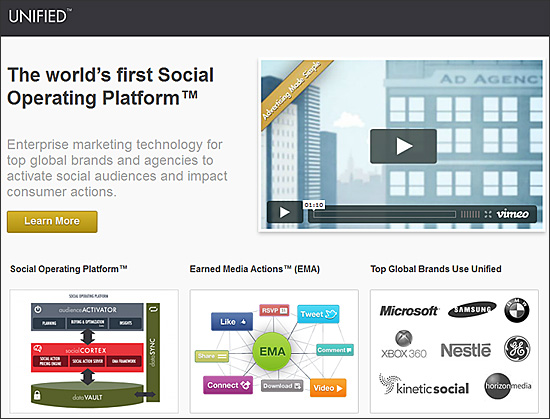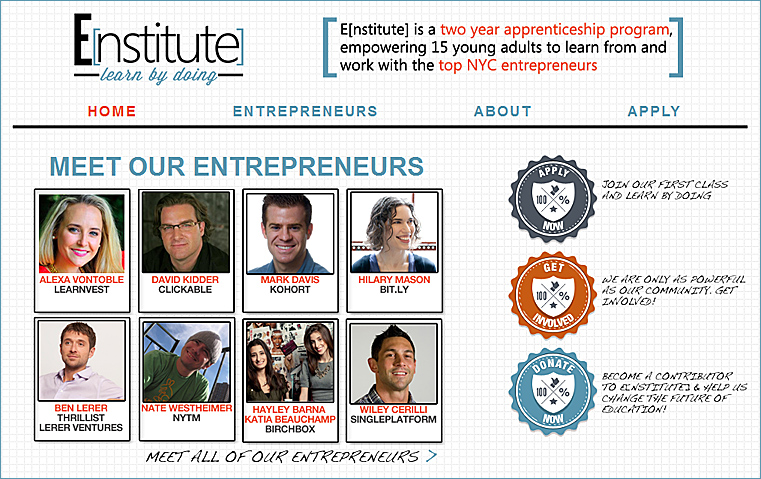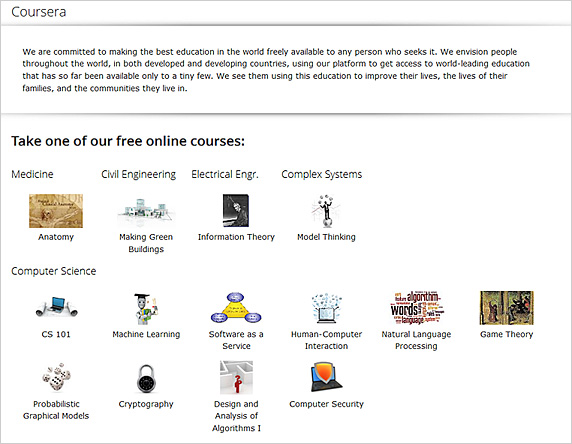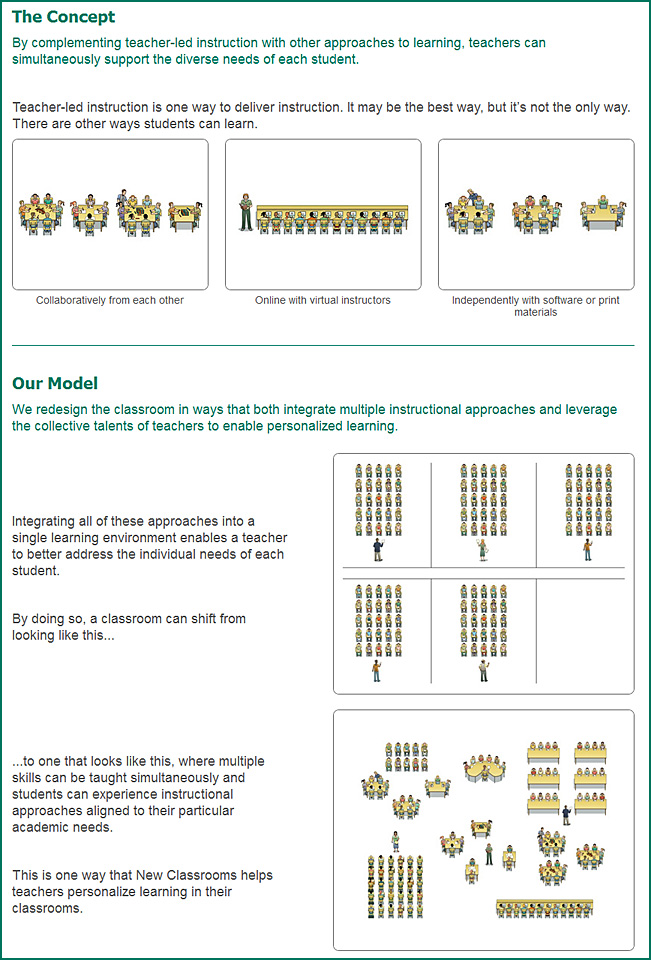Obama wants lower college costs, higher dropout age — from edweek.org by Alyson Klein
.

Excerpt (emphasis DSC):
President Obama gave college affordability a prominent place in his domestic agenda during his annual State of the Union address, calling directly on universities to hold down costs in order to make higher education more accessible to the middle class. He outlined a set of proposals that include threatening universities with a loss of federal money if they are unable to tamp down tuition.
“Let me put colleges and universities on notice: If you can’t stop tuition from going up, the funding you get from taxpayers will go down,” Obama said in his hour-long address. He didn’t offer specifics, however, and the blueprint document the White House sent out to accompany the speech didn’t get specific either. But advocates expect him to lay out more concrete details in the coming days.
.
State higher education spending sees big decline — from HuffingtonPost.com by Christine Armario
Excerpt:
MIAMI — State funding for higher education has declined because of a slow recovery from the recession and the end of federal stimulus money, according to a study released Monday.
Overall, spending declined by some $6 billion, or nearly 8 percent, over the past year, according to the annual Grapevine study by the Center for the Study of Education Policy at Illinois State University. The reduction was slightly lower, at 4 percent, when money lost from the end of the American Reinvestment and Recovery Act was not taken into account.
The funding reductions, seen across nearly every state, have resulted in larger class sizes and fewer course offerings at many universities and come as enrollment continues to rise.
.
Beware: Alternative certification is coming — from The Chronicle by Richard Vedder
Excerpt (emphasis DSC):
As college costs rise, however, people are asking: Aren’t there cheaper ways of certifying competence and skills to employers? Employers like the current system, because the huge (often over $100,000) cost of demonstrating competency is borne by the student, not by them. Employers seemingly have little incentive to look for alternative certification. That is why reformers like me cannot get employer organizations like the U.S. Chamber of Commerce to take alternative certification seriously. But if companies can find good employees with high-school diplomas who have demonstrated necessary skills and competency via some cheaper (to society) means, they might be able to hire workers more cheaply than before–paying wages that are high by high-school-graduate standards, but low relative to college-graduate norms. Employers can capture the huge savings of reduced certification costs. And students avoid huge debt, get four years more time in the labor force, and do not face the risks of not getting through college. Since millions of college grads have jobs which really do not use skills developed in college anyhow, alternative certification is more attractive than ever.
Addendums on 1/26:
- President Obama: ‘Higher education can’t be a luxury – it is an economic imperative’ — from annarbor.com by Ryan Stanton
- Survey finds that dwindling financial aid contributes to fewer college options — from the NYT by Daniel Slotnik
Excerpt:
College freshmen entering school last fall were less likely to attend their first choice of college, a function of both competition and cost, than at any other time since 1974, and fewer received financial aid through grants or scholarships, according to an annual survey of nearly 204,000 high school students.
- Pressure remains for higher education: Moody’s — from Reuters
The financial conditions of many U.S. colleges and universities will likely not improve much this year, as states continue cutting funding for public schools, students become more price sensitive, and areas for other revenue remain stretched, a lead rating agency said on Monday. “During the past year, public and political scrutiny of colleges and universities, both not-for-profit and for-profit, has escalated and we expect that the sector will remain under the microscope in 2012 and beyond,” said Moody’s Investors Services in a report outlining why it is maintaining a “mixed outlook for U.S. not-for-profit private and public colleges and universities, mirroring our 2011 outlook.”
















